Archaeologists Find A 2000-Year-Old Iron Age Shield In An Outstanding “Warrior Burial” In Yorkshire
The most important British Celtic art piece of the millennium is an exquisite Iron Age shield discovered in an amazing ‘warrior burial’ in Yorkshire in 2017.
In rigorous conservation study, the sophisticated pattern of the bronze shield’s face—with a swirl, symmetrical pattern, and high boss—was revealed.
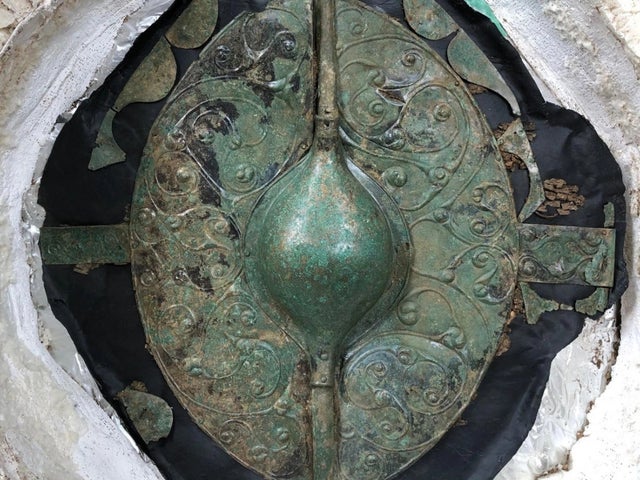
A sword puncture hole and evidence of past repair work, in addition to the decoration, cast doubt on the idea that such shields were purely decorative.
A chariot and two horses, two humans, and sacrifice pigs were discovered in house development in Pocklington.
Last year, a ‘warrior tomb’ was unearthed at the Persimmon Homes development site named ‘The Mile’ in Pocklington, Yorkshire, and the astonishing 30”(75cm) shield was recovered.
A standing chariot, two jumping horses, a bronze-and-red-glass brooch, and several other valuable antiquities were also found in the burial.
The shield was discovered face down in the chariot, covered by the skeleton of a man who was most likely its previous owner and dated from roughly 320–174 BC.
Experts think that this ‘fighter’ was over 46 years old and was a higher-ranking member of his society, as he was buried alongside another cemetery of a younger, injured man with a sacrifice of six pigs.
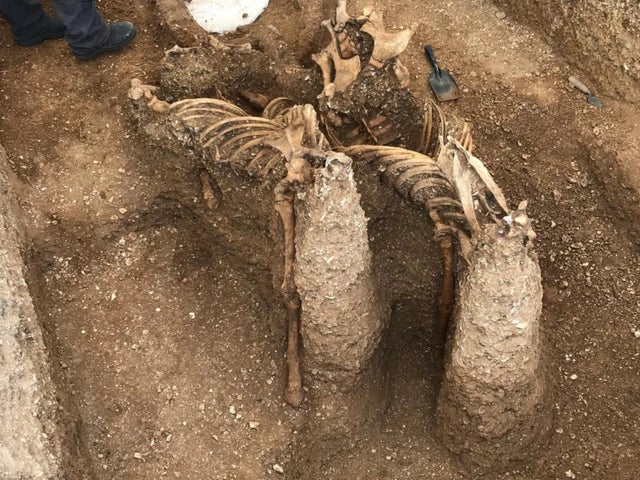
‘The Pocklington chariot burial has no British analog, offering a broader insight into the Iron Age time,’ said Paula Ware of MAP Archaeological Practice, who finished the dig.
The elaborate pattern of the shield has now been exposed after a rigorous restoration procedure. It has a swirling design on its face, which is typical of early Celtic art and the so-called ‘La Tène’ civilization, which flourished over Europe from roughly 450 to 1 BC.
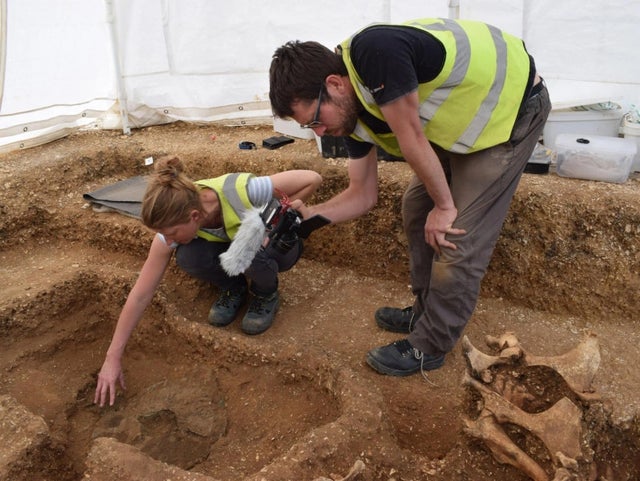
Experts believe the design was created by hammering the shield from the back, allowing the designer to create an asymmetrical pattern of mollusk shells in a sequence of three-legged, triskelion-like whorls around the elevated center boss.
‘We have no idea how the man died.’ ‘There are some blunt force injuries, but they wouldn’t have killed him,’ Ms. Ware explained. ‘I don’t believe he died in combat; I believe he died of old age.’
‘I’m not sure what his job was.’ He’s amassed a wonderful collection of trinkets along the road, and he’s far from ordinary.’ Furthermore, the manner of the burial, according to Ms. Ware, indicates a belief in an afterlife.
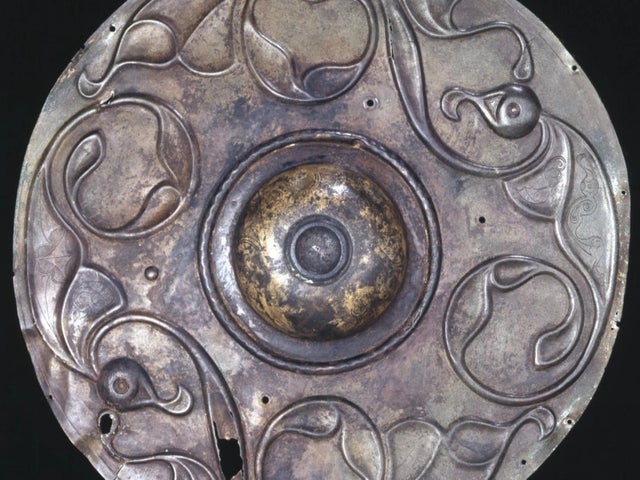
‘These horses were put with their feet on the ground and their back legs outstretched as if they were about to burst out of the tomb,’ she explained. ‘That signals to me that they were going on to something else — he had his food, guns, and means of transportation.’
‘The border of the shield is scalloped. This hitherto undiscovered design characteristic is unlike anything else found in Europe throughout the Iron Age, contributing to its valuable distinctiveness,’ added Ms. Ware.
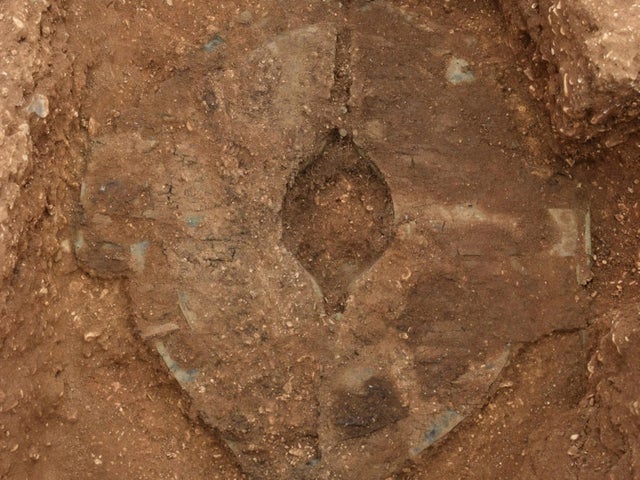
‘The prevalent notion is that expensive metal-faced shields were entirely ceremonial, signifying prestige rather than being employed in war,’ she continued.
‘Our study contradicts this, as evidenced by a sword-like puncture wound in the shield.’ There are also signs of repairs, indicating that the shield was not just ancient but also well-used.’
The only other identical piece of armor discovered – the so-called Wandsworth shield – was salvaged from the Thames River in 1849 and is now in the British Museum’s collections.
Persimmon Homes Yorkshire director Scott Waters remarked, “The excavation at The Mile project is a genuinely amazing find for British history.”
‘We believe this honor and discovery should stay in the local region,’ he said, adding that the shield would be handed to a local museum, probably Burnby Hall.



